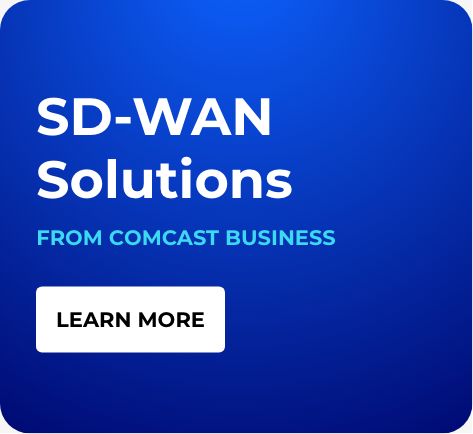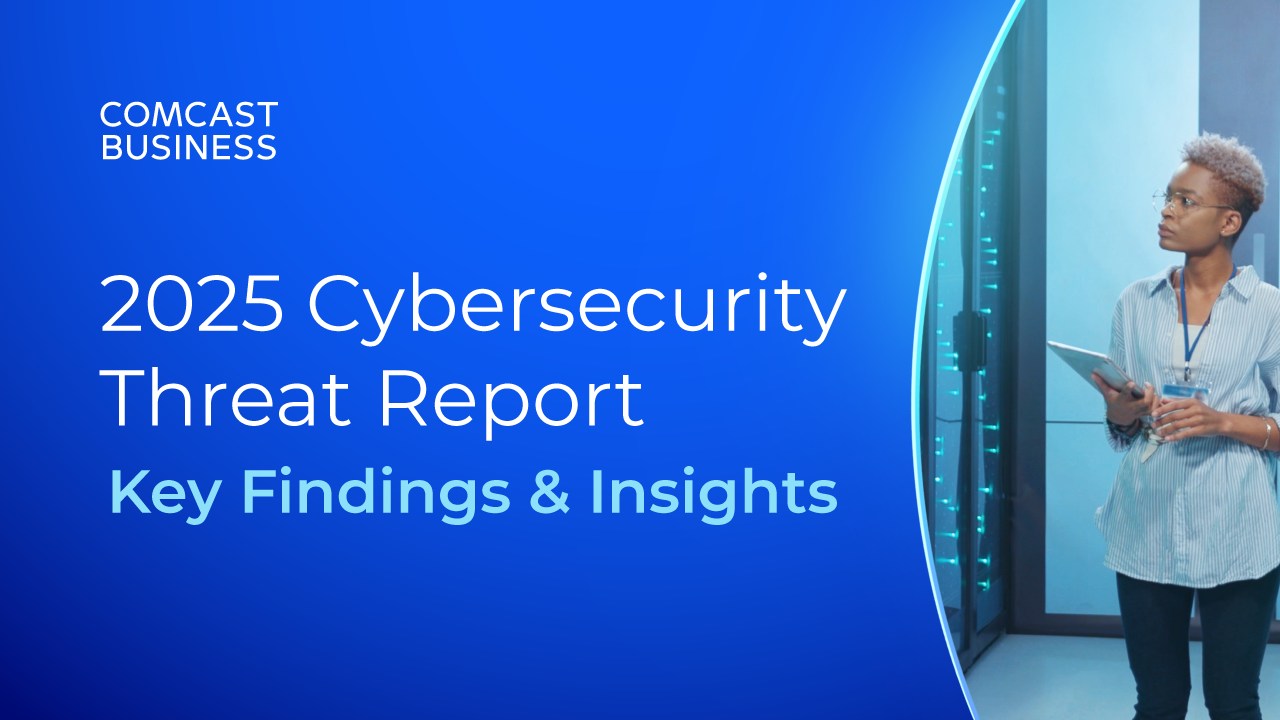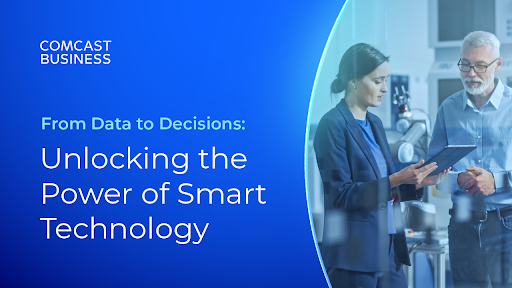Smart Networks Make Frontlines More Customer-Friendly

The Fourth Industrial Revolution is underway, representing a great technological upheaval in how we live, work and interrelate. Like other transformative periods before it, our hyper-connected age has changed consumer habits and expectations, and disrupted time-worn ways of doing business. Old boundaries have blurred. Traditional firewalls have fallen. New paths for communication and commerce have opened.
And everything happens at a faster pace.
In this accelerated climate, possibilities abound for companies to get closer to their customers — so long as they adapt in the right way. That means companies need to avoid the trap of sticking with their “good-enough” business applications behind corporate firewalls, and embrace digital transformation and cloud solutions to take advantage of more bandwidth and smarter networks to provide a better customer experience.
Customers now expect to get everything they need right on their smartphones, so front line employees need immediate access to real-time information and critical business applications from any device to get closer to their customers and provide better service. Sharing this information effectively across a distributed enterprise — from headquarters to all business locations and employees — requires the right network connections.
These sophisticated networks can be powerful tools for innovation and digital transformation, but the real strength of a network is determined by its usefulness to employees. Technology isn’t the only thing that needs to shift; companies must better understand how to use their networks to empower their employees to better serve customers. How do these cloud-based applications help employees help your customers? Like all revolutions, this one is cultural, too.
“Whether you’re a network guy, an IT guy, an apps guy, a CRM guy — everybody needs to buy in,” says Jeff Lewis, vice president of data product management for Comcast Business. “You need to embrace cultural change to get yourself out of the old model and think a little bit differently.”
This new way of thinking starts at the top. Gone are the days when a business could afford to silo all its applications in a single location behind a firewall. Such centralized systems, though powerful, aren’t agile enough to keep up with the pace of modern business. Customers have immediate demands, real-time expectations, and mobile devices at their fingertips, and companies must be equipped to respond.
That’s why software-defined networking (SDN) and broadband can be a powerful combination to cost-effectively expand bandwidth across locations, and to create a high-performance network that delivers applications from the cloud to wherever your employees – and customers – happen to be. SD-WAN, a game-changing application that lets users create intelligent VPNs to enable smarter and more secure networks, is a key feature of the SDN platform.
Lewis says the real-world business result of these network solutions is that employees never have to tell their customers, "I'll call you back.”
“If your customer wants a quote, you can give them a quote right there,” Lewis says. “If they want information on a product or a service, you can give it to them right there. It’s the immediacy of being able to interact with your customer, as opposed to saying, ‘Let me send you something later.’”
Companies stuck in an outmoded way of thinking sometimes fail to see the value of implementing a truly distributed enterprise network. Other companies may be aware of the benefits of change, but have lulled themselves into thinking that they are doing well enough with what they have. That kind of complacency can permeate the culture of an organization, and it’s a profit-killer.
“When business leaders realize what they could be doing better if they could unburden themselves from existing technologies, their eyes begin to open wide,” says Lewis. That’s when people become excited about what software-defined networking technologies can do to help build the right foundation for more cloud applications, better customer-facing capabilities and new business opportunities.
This moment of insight – when companies begin to see how a smarter network can transform their business – is when the cultural change begins to take shape. If employees are given access to cloud-based services, the cloud of complacency soon lifts. Provided with better tools, workers become empowered. Performance improves. Productivity increases.
“Job satisfaction steamrolls, to be honest,” Lewis says, “because employees’ expectations become more immediate — they begin to demand more tools, more quickly — and they can do more things at their fingertips for their customers.”
The speed of this change can be dizzying, and it runs the risk of sending some organizations into a tailspin as employees struggle to adapt. To prevent that sort of vertigo, a company must be able to step back and self-evaluate to assess its own strengths and its own limits, and to implement change accordingly. The answer might be to reorganize the workforce. But there should also be an openness to outsourcing elements of the network to partners that may be better equipped to handle the challenges at hand.
Lewis says, “The business has to look at itself and ask, ‘What is my core competency? What should I focus on, and where should I be looking for outside help to make my business and my network smarter?’”
As networks get smarter, employees work smarter and become part of an energized corporate life cycle that builds toward increasingly positive results.
“When companies create a feedback loop, they can quickly understand, ‘Hey, this worked. This didn’t. This is great. Can we do more over here?’” Lewis says. “This is when innovation really takes hold.”
The most important feedback, of course, comes from customers, and distributed enterprise networks are a channel for that, too. The network allows companies to communicate more immediately and directly with the people who matter most, and to spread that information throughout the organization.
“At the end of the day, that’s what being customer-focused is all about,” Lewis says. “It’s not rocket science, but it’s pretty cool stuff to be able to engineer your network to unlock new possibilities for your business.”
The Fourth Industrial Revolution is underway.
Locked Content
Click on the button below to get access
Unlock NowOr sign in to access all content on Comcast Business Community
Resource Center
Learn how Comcast Business can help
keep you ready for what's next.











